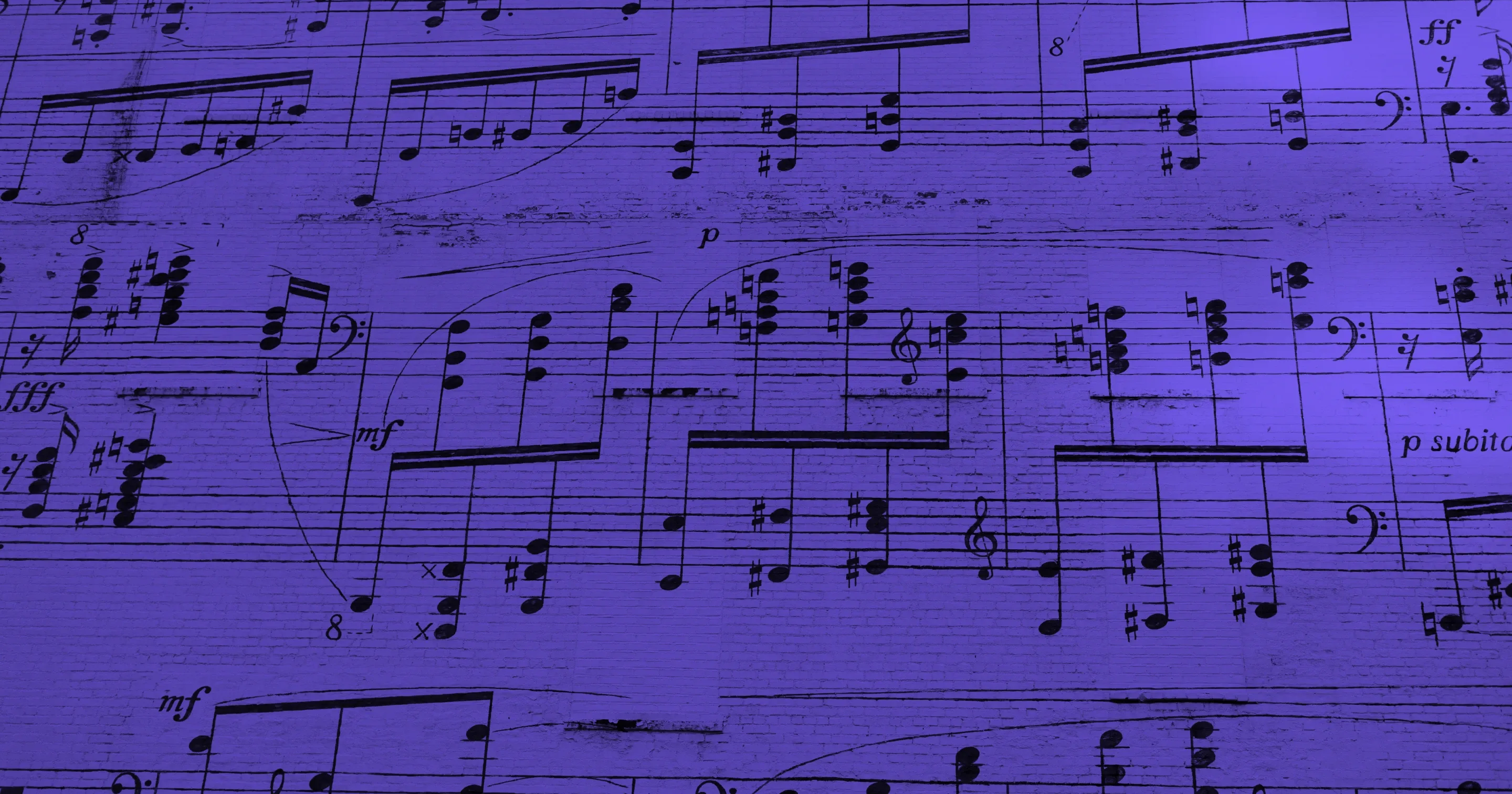
A Comprehensive Guide on Creating Seventh Chords in D Minor
Learn to build and use seventh chords in D Minor with this in-depth guide. Explore their harmonic functions, famous examples, and practical ways to enhance your music.
Introduction
Seventh chords are essential for expanding your harmonic vocabulary. These chords, built by adding a seventh interval to a basic triad, introduce richer and more complex harmonies.
To effectively use seventh chords, a fundamental understanding of music theory, particularly chord construction, is necessary. This resource will guide you through the process of constructing all seventh chords within the key of D minor, detailing their functional roles and showcasing their practical use in popular songs.
By mastering these concepts, you'll gain the ability to add significant harmonic sophistication to your playing and composition.
D Minor Scale and Chord Construction
This section clarifies the relationship between D minor scale notes, their scale degrees, and the qualities of the seventh chords built from them. This knowledge is crucial for practical application.
- D - Tonic (1st degree) - i
- E - Supertonic (2nd degree) - ii°
- F - Mediant (3rd degree) - III
- G - Subdominant (4th degree) - iv
- A - Dominant (5th degree) - v / V
- Bb - Submediant (6th degree) - VI
- C - Subtonic (7th degree) - VII

Here's how seventh chords are built:
- Root: This is the base note, the foundation of the chord.
- Third: This note tells you if the chord is major or minor.
- Fifth: This note adds more color to the chord, and can be perfect, diminished, or augmented.
- Seventh: Adding this note makes it a seventh chord, giving it a richer sound. This seventh can be major, minor, or dominant.
Seventh chords are triads with an extra note, a seventh, added on top. The kind of seventh chord you get depends on the type of triad (major, minor, diminished, or augmented) and the type of seventh interval (major, minor, or diminished) you use.
In the key of D minor, the diatonic seventh chords are: Dm7, Em7b5, Fmaj7, Gm7, Am7, Bbmaj7, and C7.
Each seventh chord has its unique sound and function. We'll now look at these chords in D minor, and then discuss their general characteristics and how they're used.
For a deeper dive into the D minor key, see the article “Chords in D minor: A Comprehensive Guide”.
Diatonic Seventh Chords in D Minor
i - D minor 7
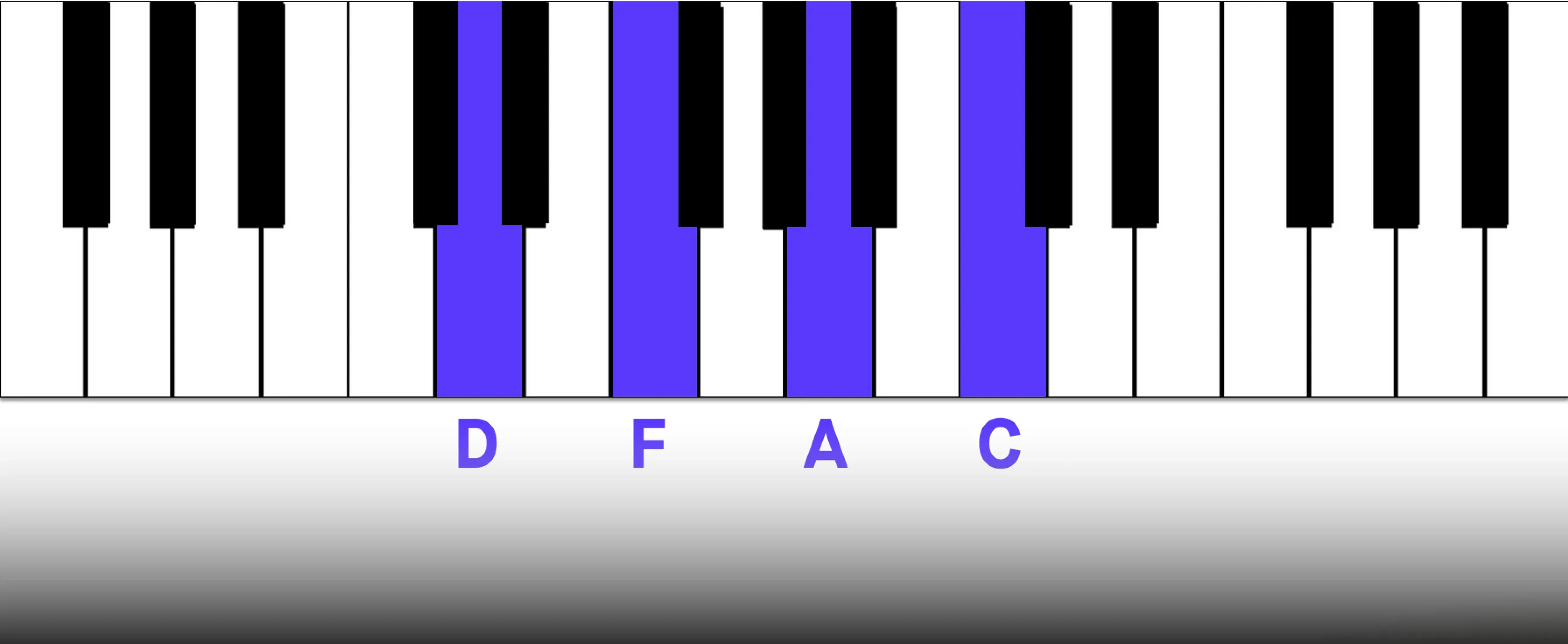
In the key of D minor, the D minor 7 chord acts as the tonal center, our musical home base. It's the stable foundation that often brings phrases to a satisfying close, and it's frequently the starting point for chord progressions in this key.
What makes D minor 7 special is the addition of the minor seventh interval to the basic D minor triad. This addition doesn't introduce jarring tension; instead, it enriches the chord's color, adding a subtle warmth and resonance that deepens the emotional impact of the tonic.
However, even a stable chord like D minor 7 can be manipulated for expressive purposes. By inverting the chord - changing the order of its notes - we can create brief moments of harmonic instability.
This allows for more nuanced and interesting chord progressions, preventing a sense of predictable resolution and adding depth to the musical narrative.
ii° - Em7b5 (Emø7)
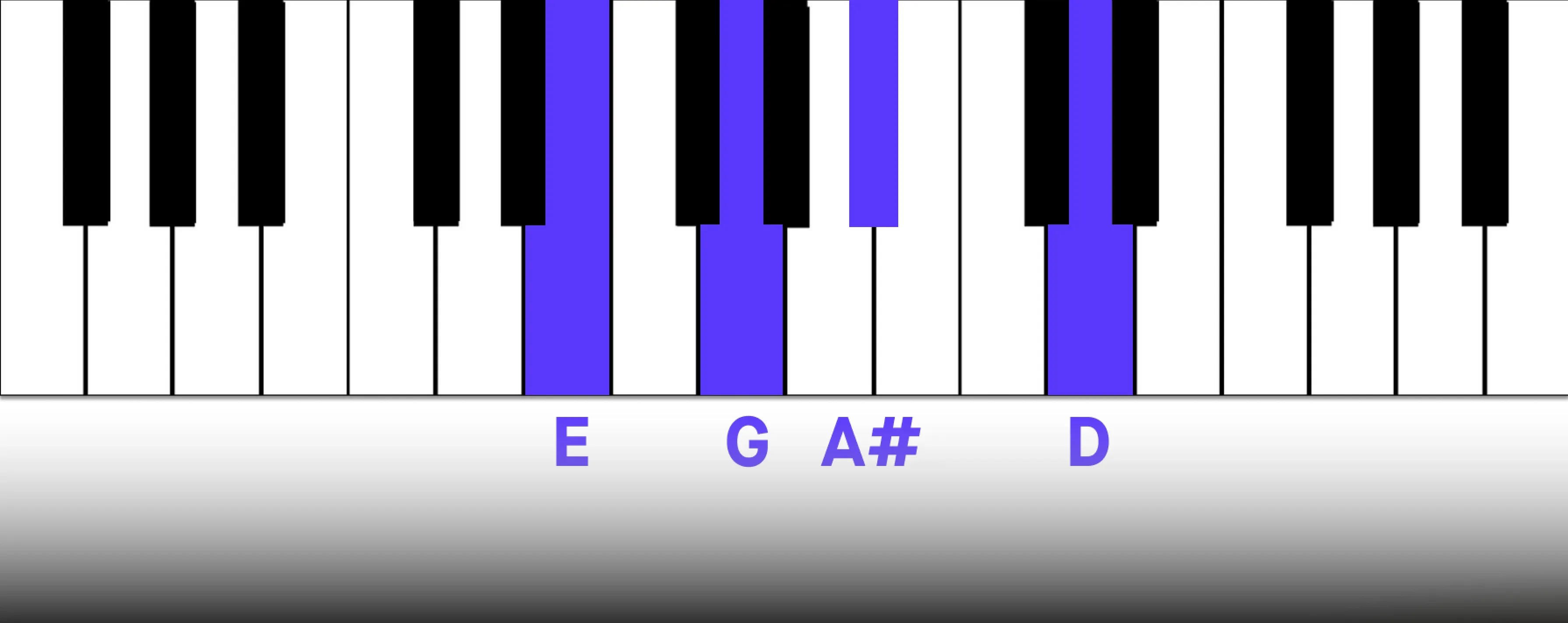
The F Major 7 chord, functioning as the mediant in the key of D minor, introduces a noticeable contrast in harmonic color. Its major quality stands out against the somber background of the minor key. This contrast creates moments of temporary brightness or a contemplative atmosphere, enriching the emotional depth of the musical composition.
Beyond its role in providing harmonic contrast, the mediant chord, in general, is used to introduce harmonic variety. While not a typical tonic substitute in the same way the mediant is in a Major key, in minor keys, it creates a strong contrast and can lead to unexpected resolutions.
This chord provides a unique color and harmonic function within the D minor key, contributing to richer and more interesting chord progressions, and can often be used as a passing chord.
iv - G minor 7
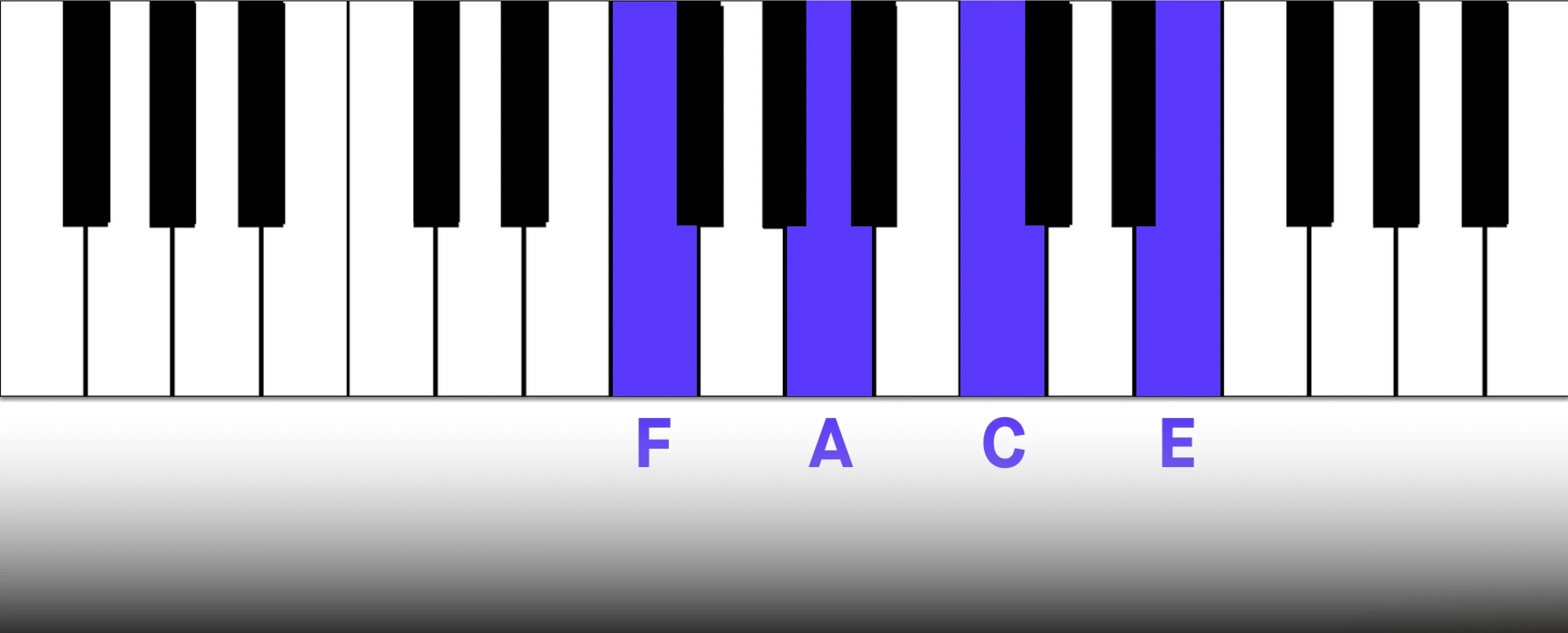
The G minor 7 chord provides a harmonic departure from the D minor tonal center, significantly adding harmonic interest and creating a desire for resolution. As the subdominant chord G minor 7 naturally progresses towards either the tonic or the dominant.
The progression from the subdominant to the dominant is particularly potent, generating a strong sense of anticipation and heightening the expectation for the subsequent resolution back to the tonic. This iv-V-i progression is a fundamental building block of Western tonal harmony.
This inherent pull towards the dominant or tonic is a key characteristic of the subdominant function. The G minor 7 chord plays a crucial role in establishing harmonic motion and depth within the D minor key, driving the music forward and enriching the harmonic landscape.
v - A minor 7
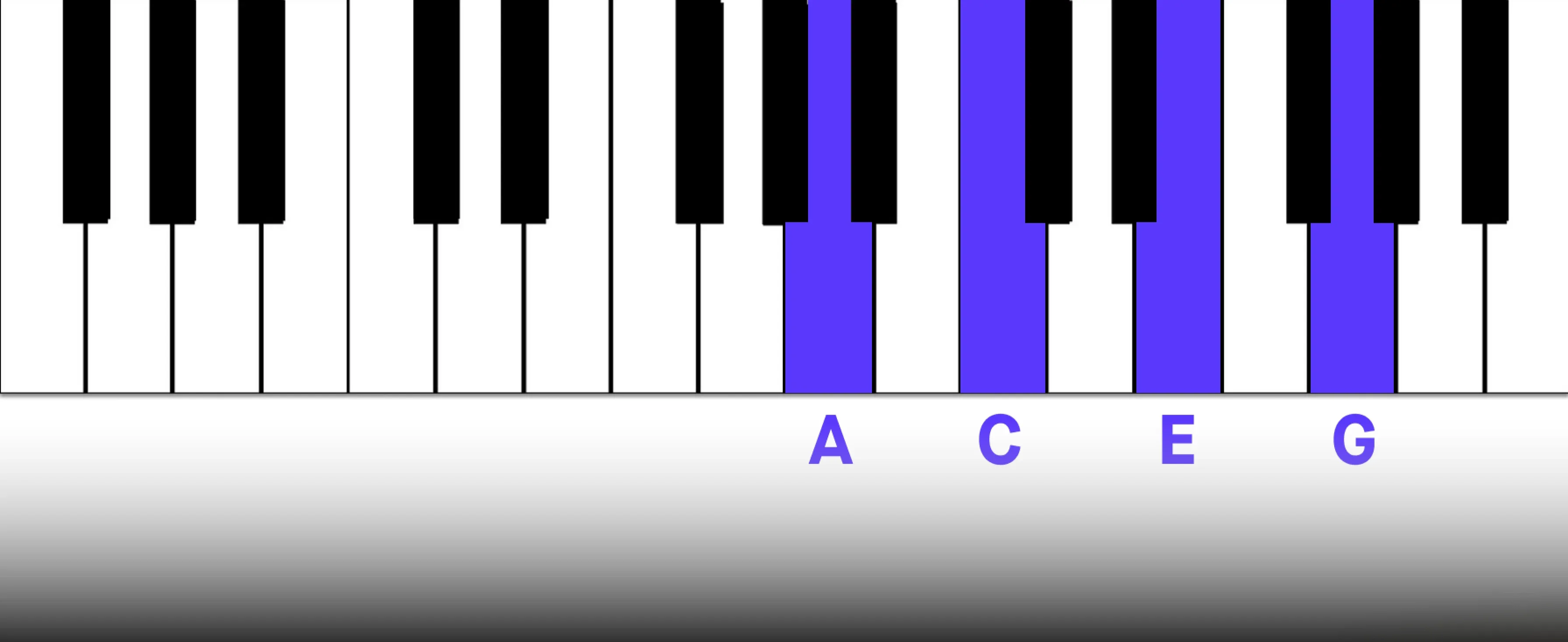
The A minor 7 chord, functioning as the dominant in D minor, drives harmonic motion by creating a strong sense of anticipation and urging resolution back to the tonic. This dominant function is essential for establishing musical tension and release, shaping the musical narrative, and providing a sense of harmonic closure.
To create the strongest possible cadence, the Am7 is typically altered to an A dominant 7 (A7) chord. This A7 chord's unique character stems from its structure: a major triad with an added minor seventh interval.
This specific combination produces a dissonance that inherently seeks resolution. This tension is the source of the dominant seventh's strong directional pull. In a major key, the dominant 7th is diatonic. However, in a minor key like D minor, the third of the dominant chord (C#) is raised a half-step to create the major triad, resulting in the A7.
The A7 chord's inherent urgency for resolution is fundamental to its role. It creates a sense of expectation, a musical question that the tonic D minor chord answers. This pull towards the tonic is what makes the resolution so satisfying, providing a sense of arrival and completion.
VI - Bb major 7

The submediant seventh chord, Bb Major 7, introduces a major quality into the D minor key, creating a contrasting harmonic color. This chord offers significant harmonic flexibility, adding a nuanced emotional quality without a strong sense of directional pull.
Consequently, Bb Major 7 is frequently used to enrich the harmonic texture, adding depth and color without creating an intense drive toward resolution. This makes it a popular choice for introducing contrasting harmonic colors - specifically in modern pop music where chord extensions are less common.
The submediant plays a key role in interrupted cadences. In this harmonic device, the dominant chord creates a strong expectation for resolution to the tonic. However, instead of resolving to the tonic, the progression moves to the submediant, creating a harmonic surprise and delaying the anticipated sense of closure.
VII - C7

In the key of D minor, the seventh chord built on the seventh scale degree is C7. This chord, a major triad with a minor seventh, is known as the subtonic seventh. While its structure resembles a dominant seventh (V7), its harmonic function is distinct. Unlike the dominant seventh, which strongly pulls towards the tonic, the C7 has a gentler, more nuanced harmonic pull.
The dominant seventh's (A7) strong resolution to the tonic is largely due to the leading tone – the third of the A7 chord (C#) is a half-step below the tonic's root (D). The C7, lacking this leading tone (its third is E, a whole step below D), doesn't create the same level of harmonic tension.
Instead, the C7 chord in D minor offers harmonic flexibility. It can resolve to a wider variety of chords within the key, providing a less predictable and more varied harmonic path.
This characteristic allows for greater harmonic exploration and can contribute to a more subtle and nuanced emotional expression compared to the direct and powerful V7-i resolution.
Learn how to put all these chords together in intriguing chord progressions by reading our article “A Comprehensive Guide to Crafting Chord Progressions in D minor”.

Different Types of Seventh Chords
Minor Seventh Chord
- Formula: Root - Minor 3rd - Perfect 5th - Minor 7th
- Notation: m7, min7, -7
- Diatonic Scale Degree in D minor: Tonic (i), Subdominant (iv), Dominant (v)
- Sound & Function: The minor seventh chord possesses a warm, smooth sonic quality, frequently evoking introspection and melancholy. This expressive character makes it particularly effective for conveying subtle sadness or contemplative moods.
In a minor key, the tonic triad naturally expands into a minor seventh chord, significantly enriching its harmonic depth and introducing a distinct tonal color. By strategically alternating between the basic minor triad and its seventh chord counterpart, you can introduce subtle nuances and captivating variety into their musical compositions.
This mellow tone is especially adept at creating feelings of gentle sorrow, reflection, or quiet longing, adding a layer of emotional depth to the musical narrative.
Major Seventh Chord
- Formula: Root - Major 3rd - Perfect 5th - Major 7th
- Notation: maj7, M7, △7, △
- Diatonic scale degree D minor: Mediant (III), Submediant (VI)
- Sound & Function: The major seventh chord, with its sophisticated and subtly rich sound, enhances harmonic textures, making it a versatile tool applicable to various musical styles and genres.
Constructed by adding a major triad to a major triad, this chord achieves a unique blend of stability and a gentle, slightly longing quality. This combination adds warmth and complexity to the harmonic richness, enriching the overall sonic texture.
Dominant Seventh Chord
- Formula: Root - Major 3rd - Perfect 5th - Minor 7th
- Notation: V7
- Diatonic scale degree in D minor: Subtonic (VII)
- Sound & Function: The dominant seventh chord is fundamental for creating harmonic tension. The V7-I progression, known as a perfect cadence, is a cornerstone of Western harmonic tradition. The dominant seventh's unique sound arises from its structure: a major triad with an added minor seventh.
In a major scale, the dominant seventh chord occurs naturally on the fifth scale degree (V). However, in a natural minor scale, the seventh chord on the fifth scale degree is a minor seventh. To create the dominant seventh (V7) in a minor key, we must raise the third of the dominant chord by a half-step, transforming it into a major triad.
It's important to note that the seventh chord built on the seventh scale degree (VII) in a natural minor scale is a minor seventh chord, not a dominant seventh.
The blues genre demonstrates the dominant seventh chord's versatility by applying it to chords beyond the dominant, such as the tonic and subdominant. This application contributes significantly to the genre's characteristic tension and release, creating its distinctive sound.
Half Diminished Seventh Chord
- Formula: Root - Minor 3rd - Diminished 5th - Minor 7th
- Notation: ø7, m7b5
- Diatonic Scale Degree in D minor: Supertonic (ii)
- Sound & Function: The half-diminished seventh chord (ø7 or m7b5) possesses a somber and dissonant character, frequently employed in jazz, blues, and funk. It enriches harmonic sequences with depth and complexity.
It's inherent unease stems from the tritone interval between the root and the lowered fifth, creating a strong desire for resolution to a more stable and harmonious chord.
Diminished Seventh Chord
- Formula: Root - Minor 3rd - Diminished 5th - Diminished 7th
- Notation: °7, dim7
- Scale Degree in D minor: (None)
- Sound & Function: The diminished seventh chord is notable for its intensely unstable and dissonant sound. This characteristic arises from its unique and symmetrical structure: four minor thirds stacked upon each other. This balanced construction gives the diminished seventh chord a fascinating property: a slight alteration to a single note can transform it into one of several distinct dominant seventh chords.
By lowering the D a half step we get a Db7 chord. Moving F to E results in a E7. Moving Ab to G creates a G7 chord, and finally lowering the B to Bb makes a Bb7.
This harmonic flexibility facilitates smooth modulations and creates compelling secondary dominant progressions, adding unique tonal color and harmonic interest to the music.
Minor Major Seventh Chords
- Formula: Root - Minor 3rd - Perfect 5th - Major 7th
- Notation: mMaj7, Minmaj7, mM7
- Diatonic Scale Degree in D minor: (none)
- Sound & Function: The minor-major seventh chord, being outside the diatonic harmonies of D minor, is relatively uncommon. It primarily appears within a “line cliché”, a musical figure where a minor triad is sustained while another voice, often the bass or soprano, moves chromatically. This chromatic movement creates the chord's distinctive sonic quality.
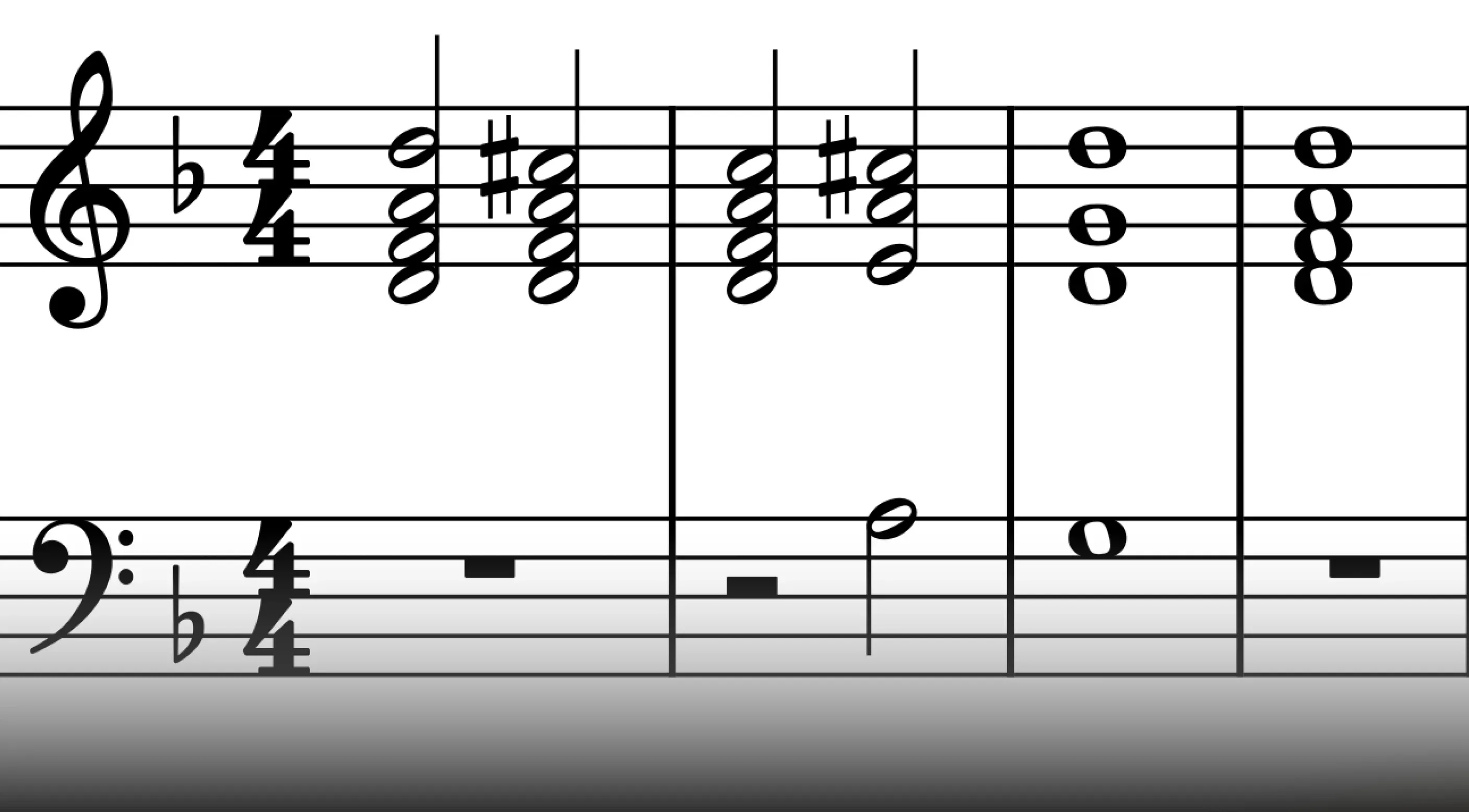
Modified Seventh Chords
To further enrich your harmonic palette, consider incorporating suspended and augmented seventh chords. These chords introduce diverse colors and textures, enabling a broader range of expressive possibilities and the creation of subtle, nuanced tension within your musical compositions.
Suspended Seventh Chords
- Formula Sus4: Root - Perfect 4th - Perfect 5th - Minor 7th
- Formula Sus2: Root - Major 2nd - Perfect 5th - Minor 7th
- Notation: 7sus4. 7sus2
The combination of seventh and suspended chords produces intense tension, creating strong forward motion in music. This makes them ideal for adding dynamic color to chord progressions, especially when harmonizing bass lines.
A good example is the ii7sus4 chord in ABBA's “Happy New Year”.
Maj7♯5 (Augmented Seventh Chord)
- Formula Sus4: Root - Major 3rd - Augmented 5th - Minor 7th
- Notation: maj7#5, Aug+7
The augmented major seventh chord (maj7♯5), constructed from an augmented triad and a major seventh, generates a compelling harmonic tension. When used on the dominant degree, its augmented fifth acts as a strong leading tone, resolving chromatically upwards to the tonic's major third, creating a powerful sense of resolution.
To prevent ambiguity, “maj7♯5” is the preferred notation over “augmented seventh”. '
To deepen your understanding of chord qualities, focus on interval recognition. Our ear training and interval study guide, featuring song examples for all ascending and descending intervals, will help you internalize these fundamental harmonic building blocks. Mastering interval recognition is crucial for accurately identifying chord qualities.
This guide, with its practical song examples, will aid you in solidifying your grasp of these essential harmonic elements.
Chord Progressions Using Seventh Chords in D minor
i7 (Dm7) - VI (Bbsus2) - III (F) - VII (C/E)
Coldplay's "Paradise" begins in G Dorian mode, then seamlessly shifts to D minor for the verse. The opening Dm7 chord serves a dual purpose: it establishes harmonic richness as the verse begins, and it acts as a crucial link between the two distinct key signatures.
The intro concludes with a C chord, which is also the seventh note within the D minor 7th chord. This demonstrates a sophisticated technique for using chord extensions to bridge different keys and harmonic ideas, creating a unified and cohesive musical experience.
i7 (Dm7) - iv9 (Gm9) - VI7 (Bb7) - v (Am)
Alexander Rybak's Eurovision-winning "Fairytale" employs seventh chords and other chord extensions to enrich its harmonic texture. Notably, the dominant chord, which traditionally features extensions to generate forward momentum, is presented as a simple A minor triad.
This deliberate choice to use the diatonic A minor creates a sense of harmonic stability rather than anticipation. Instead of propelling the music forward with typical dominant tension, it almost creates a moment of harmonic plateau within the progression.
iv7 (Gm7) - i (Dm) - VII (C) - VI (Bbadd9)
In "Leave (Get Out)", Jojo utilizes a chord progression that is brought to the forefront through plucked instrumentation. This specific arrangement allows the listener to clearly hear the chord extensions, which inject a unique harmonic texture into the song, making it more engaging and ultimately, more memorable within the pop genre.
vii (Cm) - V/VII (G) - iv (Gm) - V7 (A7) - i
Radiohead's "Paranoid Android" features a compelling bridge section built upon an interesting chord progression. Through the use of chord inversions, they create a descending bass line that ultimately resolves to an A7 chord. The preceding ambiguity in the chord changes finds a point of relative stability here, due to the natural tendency of the A7 to resolve to the tonic.
While the A7 chord itself is tension-filled, its clear directional pull provides a sense of grounding to the progression after the chromatic descent, offering momentary stability from the harmonic uncertainty.
i (Dm) - iv (gm7) - VII (C) - V7 (A7)
"Un-Break My Heart" by Toni Braxton uses a relatively simple chord progression in its verses. However, to prevent repetition in the chorus, subtle but effective harmonic alterations are introduced.
On the second pass of the chorus, the expected dominant seventh chord (V7) is replaced with a Bbadd9 chord. This chord retains a sense of familiarity due to shared tones with the tonic, while the added ninth interval introduces harmonic depth and a touch of instability.
Subsequently, the progression moves to the traditional dominant seventh chord (V7), which typically concludes the phrase. However, Braxton deviates, transitioning instead to a chromatic F#7 chord to bring the chorus to a close.
i (Dm) - VII (C) - iv7 (Gm7) - v7 (A7) VI (Bb7) - #VII (B°7) - i (Dm)
The chorus of Breakbot's "Baby I'm Yours" featuring Irfane concludes with this compelling chord progression. Seventh chords are strategically used in this section to amplify the intensity and harmonic depth of the underlying harmonies. A particularly striking element is the chromatic B diminished 7th chord, appearing immediately before the resolution to the tonic.
The ascending nature of the chord progression creates a natural expectation for a harmonic peak on the A7 chord. However, by moving just a half-step further to land on a diminished and chromatically altered chord, the progression delivers a surprising twist, effectively capturing the listener's attention and maintaining engagement.
How to Practice Seventh Chords
Start your journey with seventh chords in D minor by thoroughly learning their root positions. This establishes a strong base and acquaints you with their four-note arrangement. To ensure seamless transitions, dedicate time to mastering voice leading.
Deconstruct each chord's sonic essence by practicing arpeggios, and playing each note individually. This not only reveals their melodic capabilities but also reflects a common technique in fingerstyle guitar and similar genres.
To enhance your proficiency in smooth chord changes, engage with these exercises:
- Diatonic Seventh Chord Sequences: Begin with simple progressions utilizing the seventh chords inherent to D minor. Prioritize fluid chord changes through effective voice leading, and experiment with diverse rhythmic patterns and tempos to inject variety.
- Pairwise Chord Transition Studies: Systematically practice transitioning between every possible pairing of seventh chords and triads within D minor. This will cultivate muscle memory for essential voice-leading strategies and refine your perception of the intervals created during these shifts.
- Seventh Chord Voicing Exploration: Systematically explore each seventh chord in D minor through its four inversions. This will develop your understanding of diverse chord voicings and how each inversion alters the chord's sonic character. Pay close attention to the bass line movement that is created by each inversion.
If you are a DAW user, construct diverse chord progressions using the seventh chords, paying particular attention to the transitions between each chord and their unique harmonic qualities.
Musiversal: Real-Time Collaboration with Professional Musicians
Collaborate and record your music with professional artists and elevate your songs to the next level. With the Unlimited membership, your music potential is limitless. Get instant access to unlimited recording sessions and a roster of 90+ professional musicians, songwriters, and engineers.
Bring Your Songs to Life: Hire session musicians and breathe life into your music. By joining each session via live link you can work with session drummers, string players, beat makers, bassists, guitarists, vocalists, and much more, to make sure your musical vision is realized.
Schedule each session at a time that’s convenient for you, join live, and experience the joy of witnessing your music coming to life.
Songwriting Support from Start to Finish: If you have an idea or a seed for a song, you can book a songwriting session. They’ll help you with melodic development, harmony, lyrics, and everything else that goes into the process of writing a song.
Polish Your Tracks for Release: To ensure your music is ready for release, get your music professionally mixed and mastered by our award-winning engineers. To ensure the music reaches the right audience, book a session with our marketing experts and create a detailed plan for a successful launch.
Musiversal Blog: Your Music Resource The Musiversal blog is updated weekly and offers expert insights on music theory, songwriting, production, gear, music marketing, and more.
Your Music, No Limits.
Join the Waitlist